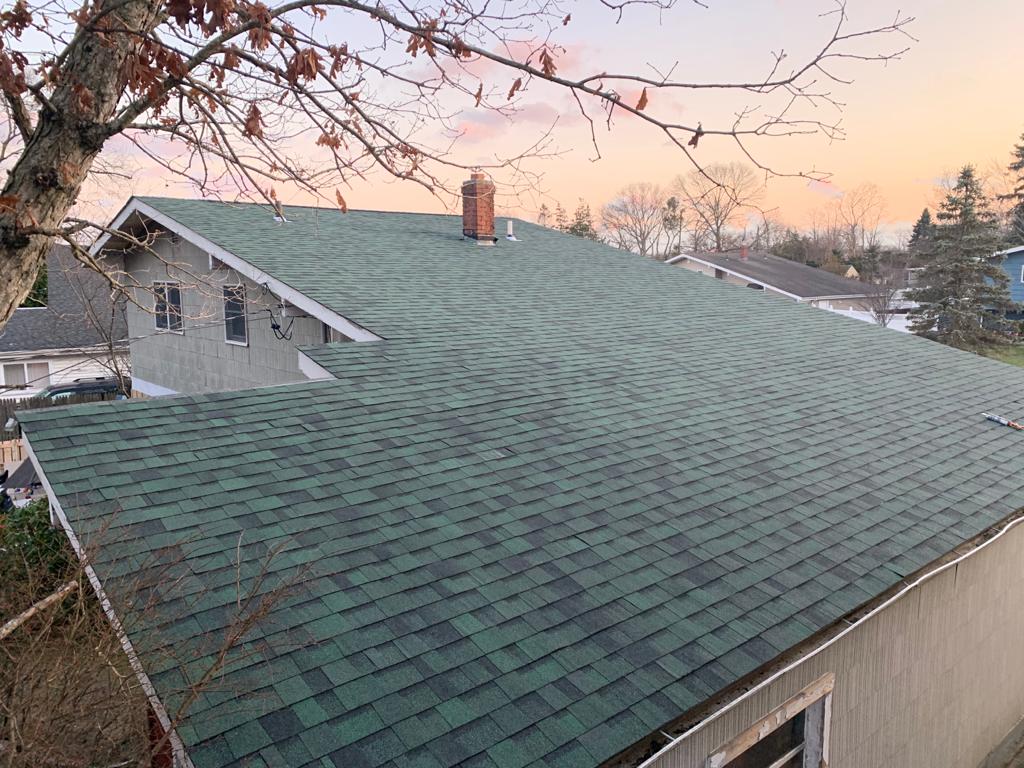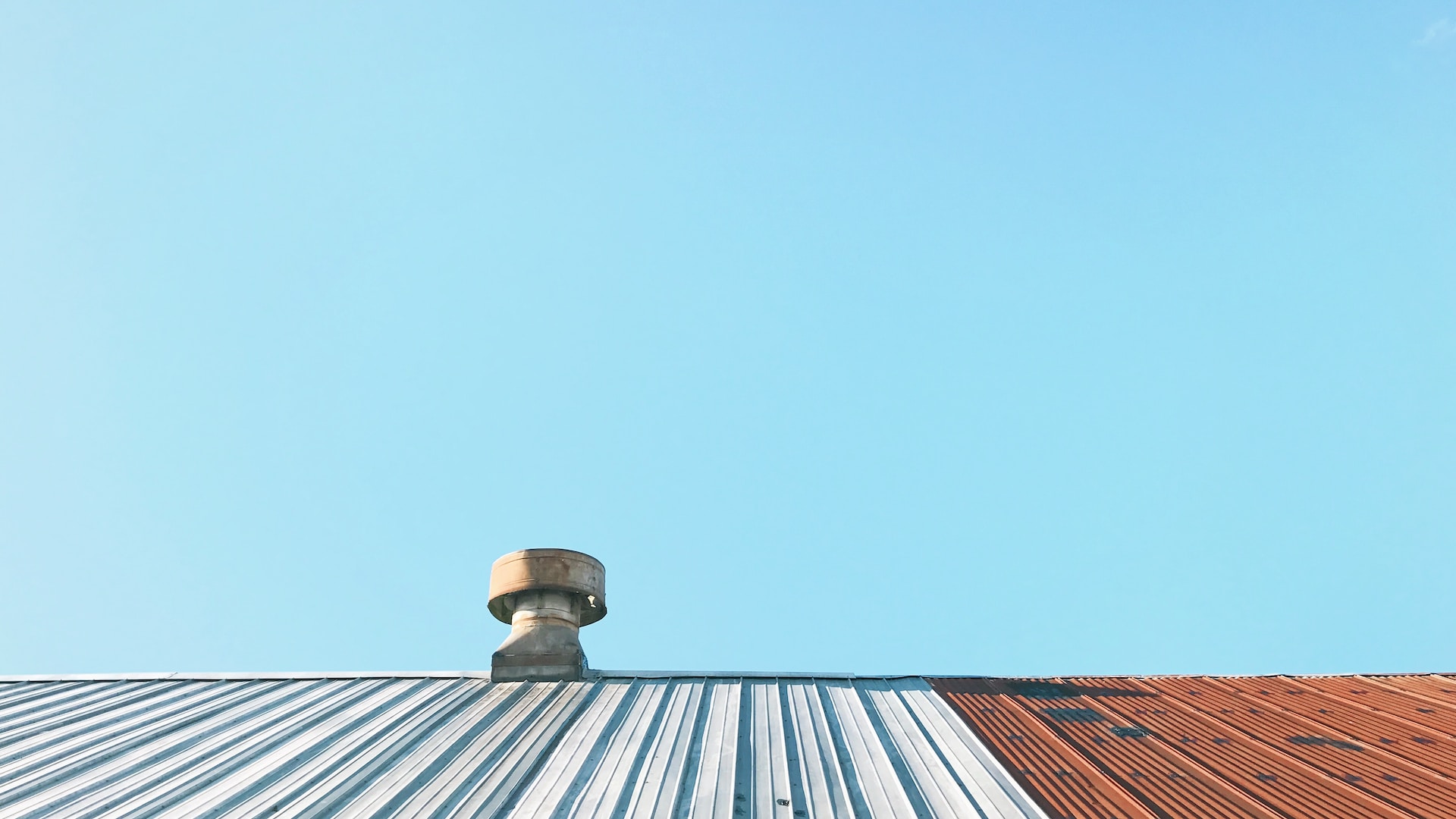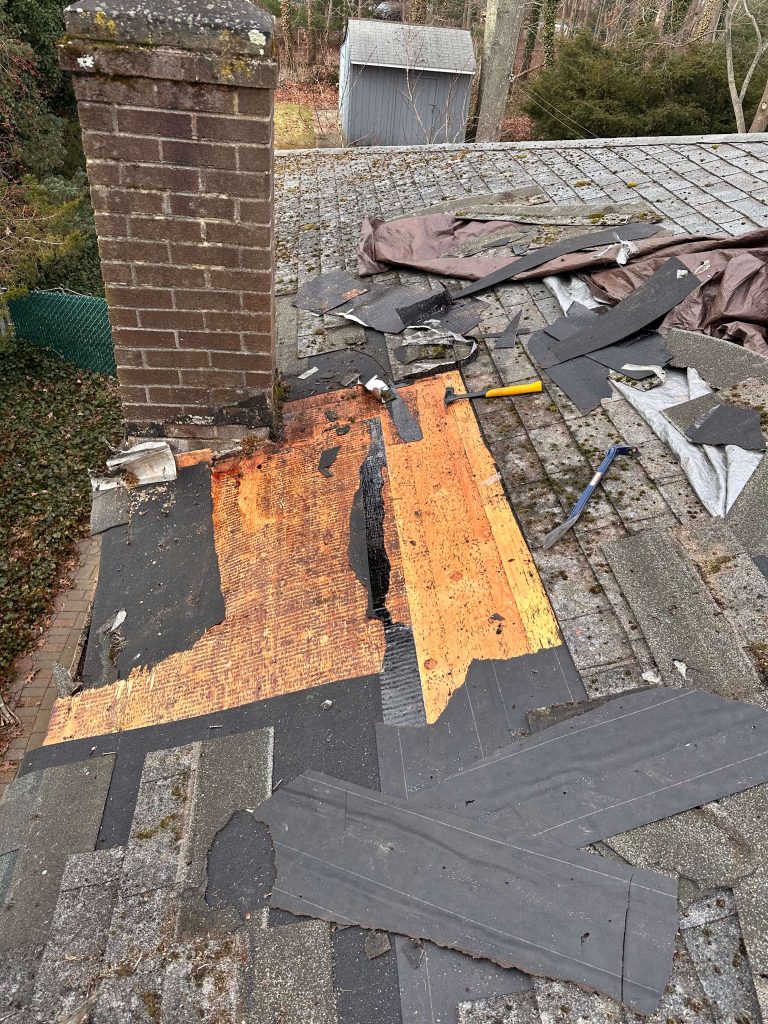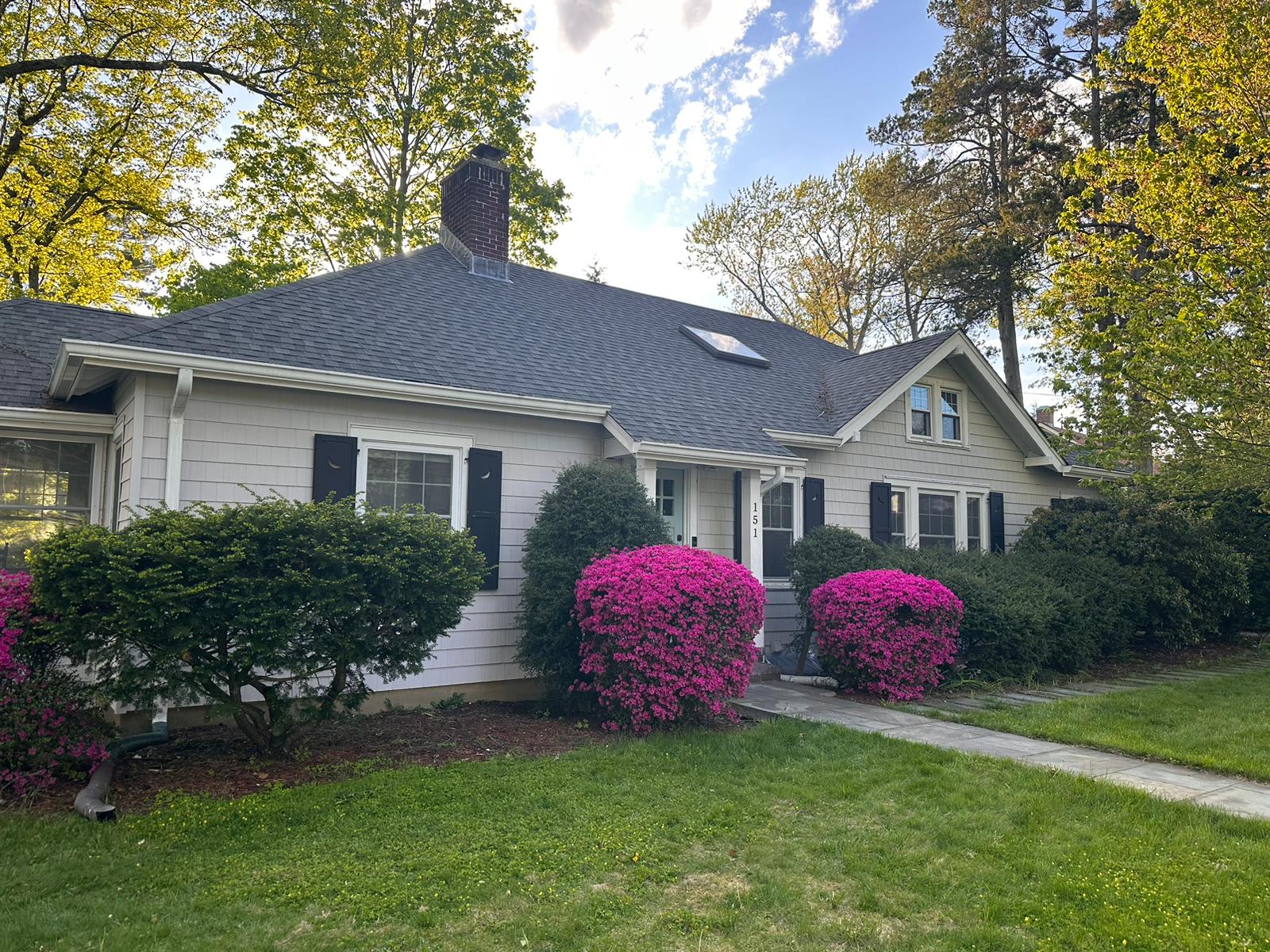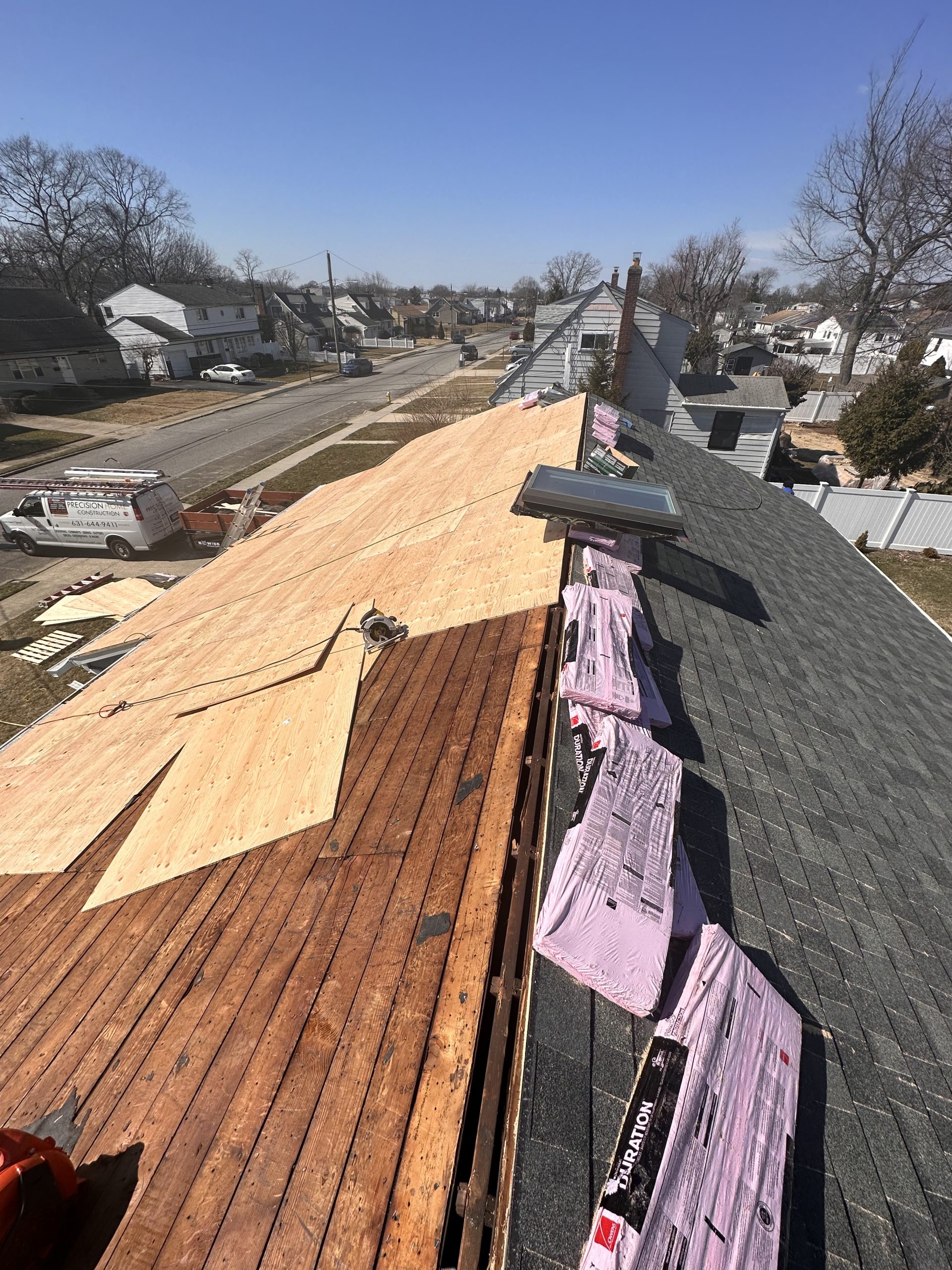Let’s dive into some eye-opening roofing facts that you definitely want to take advantage of. Arm yourself with the knowledge you need to ensure you make the right decisions for your home.
Where you live dictates what style of roof you should get.
When it comes to choosing the perfect roof for your home, it’s not a one-size-fits-all situation. Every region has its own unique weather conditions, and your roof needs to be ready to tackle them all.
Let’s imagine you live in a region that sees heavy snowfall. You need a roof that can handle the weight of the show and hail. A roof with a steeper slope or a design that allows snow to slide off easily would be ideal, preventing any accumulation that could lead to potential problems.
Now, if you’re in an area with frequent rainfall, you’ll want a roof that effectively channels water away from your home. Proper drainage is key to avoiding any leaks or water damage inside. So, a roof design with good gutter systems and slopes directing water away from your foundation is essential.
If you’re in a windy region, you need a roof that can withstand those gusts. It should be securely fastened to your home, minimizing the risk of any shingles or tiles getting blown away. A strong and durable roof will ensure that even during stormy days, you’re well-protected.
And let’s remember the sun. If you live in a sunny area, your roof will be exposed to those relentless UV rays every day. Over time, this can cause materials to deteriorate and fade. So, choose a roof resistant to UV damage, helping it maintain its integrity and appearance for years to come.
When it’s time to select a roof for your home, consider your region’s unique weather conditions. Think about the snow, rain, wind, and sun that your roof will have to endure. Choosing a roof design that suits your specific climate ensures the longevity and durability of your home’s protective covering.
Embrace the diversity of weather and make an informed decision. Let your roof be your shield, giving you peace of mind and keeping you comfortable no matter what the skies bring your way.
Flat roofs are only partially flat.
While flat roofs may seem flat, they have a cleverly engineered design to prevent water woes. They have a subtle slope that you might not notice.
The slope ensures proper water drainage. That gentle incline is intentionally built into flat roofs to ensure rainwater doesn’t pool or accumulate on the surface. Instead, it flows off the roof, just like a gentle stream making its way downstream.
By allowing rainwater to flow off smoothly, this design feature helps keep your roof in tip-top shape. When water accumulates and lingers on a roof, it can lead to all sorts of trouble. Leaks can gradually seep through, leading to water damage and potentially compromising the roof. And you definitely don’t want that!
So, the slight slope in flat roofs is like a superhero power, saving the day by preventing water from wreaking havoc on your home. It’s a simple yet ingenious design making sure your roof remains dry, sturdy, and free from water-related issues.
Next time you look at a flat roof, remember there’s more than meets the eye.
A roof is more than shingles and wood.
Your roof is more than just a collection of shingles or tiles—it’s a sophisticated system designed to safeguard your home. These elements work in harmony to ensure the integrity and longevity of your roof.
One of these essential components is underlayment. Typically made of a waterproof material like felt or synthetic membranes, the underlayment acts as an additional layer of protection between the roof deck and the shingles. It provides a barrier against water infiltration, preventing moisture from seeping into your home and causing damage.
- Flashing is another critical element of your roof system. It consists of thin, durable metal pieces strategically placed in areas prone to water penetration, such as roof valleys, chimneys, vents, and skylights. Flashing aims to redirect water away from these vulnerable areas so it flows safely off the roof without compromising the underlying structure.
- Ventilation is a crucial aspect of any well-designed roof system. It helps regulate temperature and moisture levels within the attic space. Proper airflow prevents the accumulation of heat and humidity, which can lead to issues like mold growth, wood rot, and premature deterioration of roofing materials. By allowing fresh air to circulate, ventilation helps maintain a balanced and healthy environment for your roof and the entire home.
- Insulation also plays a significant role in the overall performance of your roof system. While insulation is commonly associated with energy efficiency, it also contributes to the protection of your roof. Adequate insulation helps regulate indoor temperature, reducing stress on the roof by minimizing temperature fluctuations. It also aids in preventing the formation of ice dams during winter, which can cause water to back up under the shingles and lead to leaks.
When all these components work together, your roof system will protect your home. Each element is interconnected and relies on the others to ensure the integrity and durability of the entire roof structure.
Understanding the importance of these components empowers you to make informed decisions regarding roof maintenance, repairs, or replacements.
By scheduling regular inspections and maintenance with professionals, you can uncover any potential underlayment, flashing, ventilation, or insulation issues.
Addressing these concerns not only prevents further damage but also guarantees your roof’s long-term performance and durability. So, give your roof the attention it deserves to maintain its optimal condition.
It’s not okay to cover an existing roof.
Although it might appear tempting to save time and money by simply layering new shingles over an existing roof, it’s crucial to understand the potential pitfalls of this approach. While it may provide a temporary fix, adding new shingles on top of old ones can cause a host of problems down the road.
One of the key issues with layering shingles is the added weight it places on your roof. Over time, this extra weight can strain the structure and compromise its integrity. The roof materials may not be designed to support multiple layers, leading to sagging, buckling, or even collapse in severe cases. Removing the old roofing materials eliminates this unnecessary weight and ensures that your new roof is properly supported.
Another concern is installing new shingles directly over old ones can make it challenging to detect underlying issues with the roof deck, such as rot or damage. These issues may go unnoticed and worsen, compromising your roof’s structural integrity. Removing the old materials allows for a thorough inspection of the roof deck, enabling any necessary repairs or reinforcements to be made before the new roof is installed.
By investing in the proper removal of old roofing materials, you set the foundation for a successful roof installation. It ensures the new shingles are installed on a clean, structurally sound surface, maximizing lifespan and performance.
So, before considering the quick fix of layering shingles, remember the importance of proper installation. Take the time to remove the old roofing materials and invest in a high-quality roof installation that will protect your home for years to come.
DIY-ing a roof is not recommended.
When it comes to roofing, it’s important to recognize that it’s not a job for the average DIY enthusiast. Roofing is a specialized skill that requires a high level of expertise and experience.
Your roof is one of the most critical components of your home. It protects you and your loved ones from the elements and ensures a safe and secure living space. So, when it comes time to repair or replace your roof, it’s crucial to entrust the job to professionals with the necessary training and knowledge.
Professional roofers have spent years honing their craft and acquiring the skills to handle various roofing projects. They understand the intricacies of different roofing systems, materials, and techniques. They know how to assess the condition of your roof, identify any underlying issues, and recommend the best course of action.
Professional roofers have access to the right tools, equipment, and materials to get the job done correctly. They know how to navigate safety protocols and take the necessary precautions to ensure the well-being of everyone involved.
Roofing can be dangerous, with risks such as falls, injury from sharp materials, and exposure to hazardous substances. Professionals are trained to mitigate these risks and prioritize safety throughout the entire process.
By hiring professionals, you can have peace of mind knowing that your roof will be installed or repaired to the highest standards. They will use quality materials, follow industry best practices, and adhere to local building codes. This not only ensures a durable and long-lasting roof but also protects the structural integrity of your home.
Don’t take any chances. Trust the professionals who understand the complexities of roofing and can deliver a safe and durable solution for your home. Hiring professional roofers is an investment in your property’s long-term integrity and value.
Roofs need to breathe.
Proper ventilation is an absolute must to keep your roof in excellent condition.
Ventilation plays a crucial role in maintaining the overall health of your roof. One of its main benefits is regulating temperature. During hot summer, ventilation allows hot air to escape from your attic, preventing it from becoming a heat trap. Keeping your attic cooler can also help lower the temperature inside your home, reducing the need for excessive air conditioning and saving you money on energy bills.
But ventilation doesn’t just help during hot weather—it’s important year-round. In colder months, ventilation helps to prevent moisture buildup and condensation inside your attic. Moisture can be a sneaky culprit, leading to the growth of mold and mildew, which can damage your roofing materials and compromise the integrity of your roof. By allowing proper airflow, ventilation helps to expel excess moisture, keeping your attic dry and preventing potential issues.
So, don’t overlook the importance of ventilation in your roof’s health. It’s not just about temperature regulation—it’s about preventing moisture buildup, protecting against mold and mildew, and prolonging the lifespan of your roofing materials.
A metal roof can be good for the environment.
Metal roofs are a fantastic choice for roofing materials if you’re looking for an eco-friendly option.
One of the great things about metal roofs is that they are often made from recycled materials taking advantage of existing resources and helping reduce waste. Even better, when it’s time to replace your metal roof, the materials can be recycled again, giving them a new lease on life instead of ending up in a landfill.
But that’s not the only way metal roofs are environmentally friendly. They also offer excellent energy efficiency benefits. Metal is a highly reflective material, which means it can reflect a significant amount of the sun’s rays away from your home. This reflective property helps to keep your home cooler in hot weather, reducing the need for excessive air conditioning. As a result, you’ll use less energy to cool your home, saving you money on your energy bills and reducing your carbon footprint.
Metal roofs are a win-win for being kind to the environment. They use recycled materials, can be recycled again in the future, and contribute to energy efficiency. So, if you want to make a greener choice for your roof, consider the benefits of a metal roof—it’s a sustainable option that can help you reduce waste and save energy.
SCHEDULE A FREE ROOF INSPECTION
Some of the oldest roofing materials in the world are thatch, clay, and stone.
It’s incredible how these roofing materials have withstood the test of time and are still used in some places today.
Take thatch, for example. It’s made from dried vegetation like straw, reeds, or grass and has been used for centuries. Thatched roofs are tightly bundled, creating a protective layer that keeps water out and withstands harsh weather. Not only is thatch practical, but it also gives homes a rustic and charming look.
Then there’s clay, another old roofing material. People have been using clay tiles or shingles since ancient times. These tiles are made from natural clay deposits and fired to create a strong and long-lasting roofing material. Clay can handle extreme temperatures, resist damage from the sun’s rays, and provide excellent insulation. Plus, clay tiles come in a variety of colors and shapes, adding character and elegance to any style of architecture.
Stone roofing is another example of traditional materials that have stood the test of time. Large stone slabs or shingles have been used in construction for centuries because of their incredible strength and durability. Stone roofs are fire-resistant and can withstand harsh weather conditions without wearing down. On top of that, stone roofs give buildings a majestic and timeless appearance that leaves a lasting impression.
While modern roofing materials have their advantages, it’s fascinating to see how these ancient materials still have value today. Thatch, clay, and stone are cherished for their durability, unique beauty, and the way they connect us to our architectural heritage. By blending these traditional materials with modern construction techniques, we can appreciate the best of both worlds—embracing the functionality and innovations of the present while honoring the beauty and history of the past.
Fact #9: Bad roofs can significantly affect the resale value of your home. When you’re selling your home, the condition of your roof matters. Potential buyers get wary when they see a damaged or poorly maintained roof. It raises concerns about leaks, structural problems, and the possibility of expensive repairs down the line.
A top-notch roof gives buyers confidence that they’re investing in a well-cared-for property without immediate unpredicted roofing issues. A strong, well-maintained roof gives peace of mind.
Now, investing in a quality roof isn’t just a smart financial move, it’s a savvy one too. It makes your home more appealing to potential buyers, making it stand out in the market. A beautiful roof in good shape adds to your home’s curb appeal and leaves a great first impression. It sets your place apart from others on the market and might even sway buyers to choose your property over similar ones with less impressive roofs.
This attention to detail can impact buyers, potentially leading to higher offers and a quicker sale.
It’s clear that roofs require attention and proper care. That’s why we invite you to schedule your FREE Roofing Inspection with Precision Construction NY company.
Our team of experts will assess the condition of your roof, identify any issues, and provide you with professional recommendations tailored to your specific needs.

